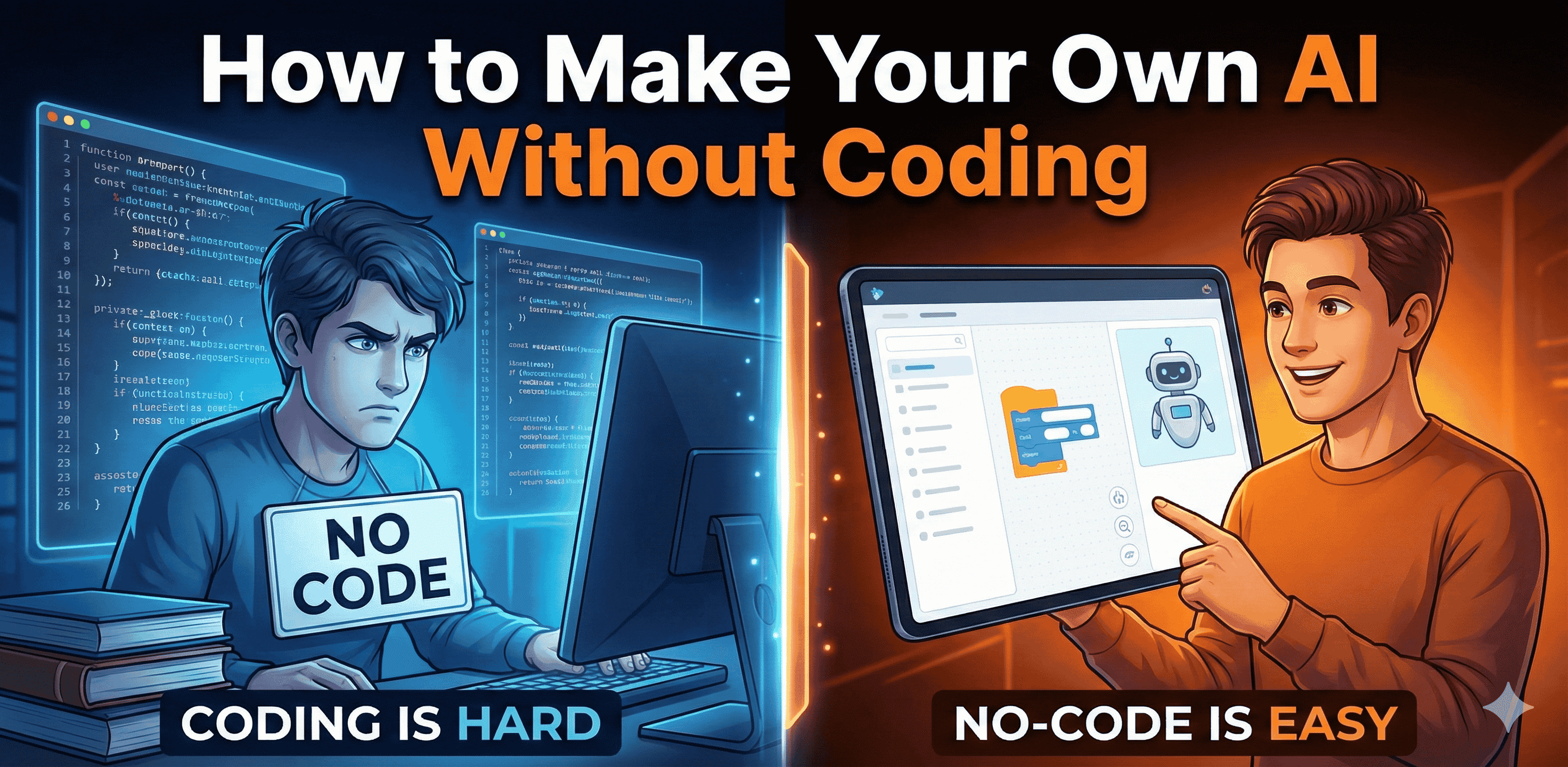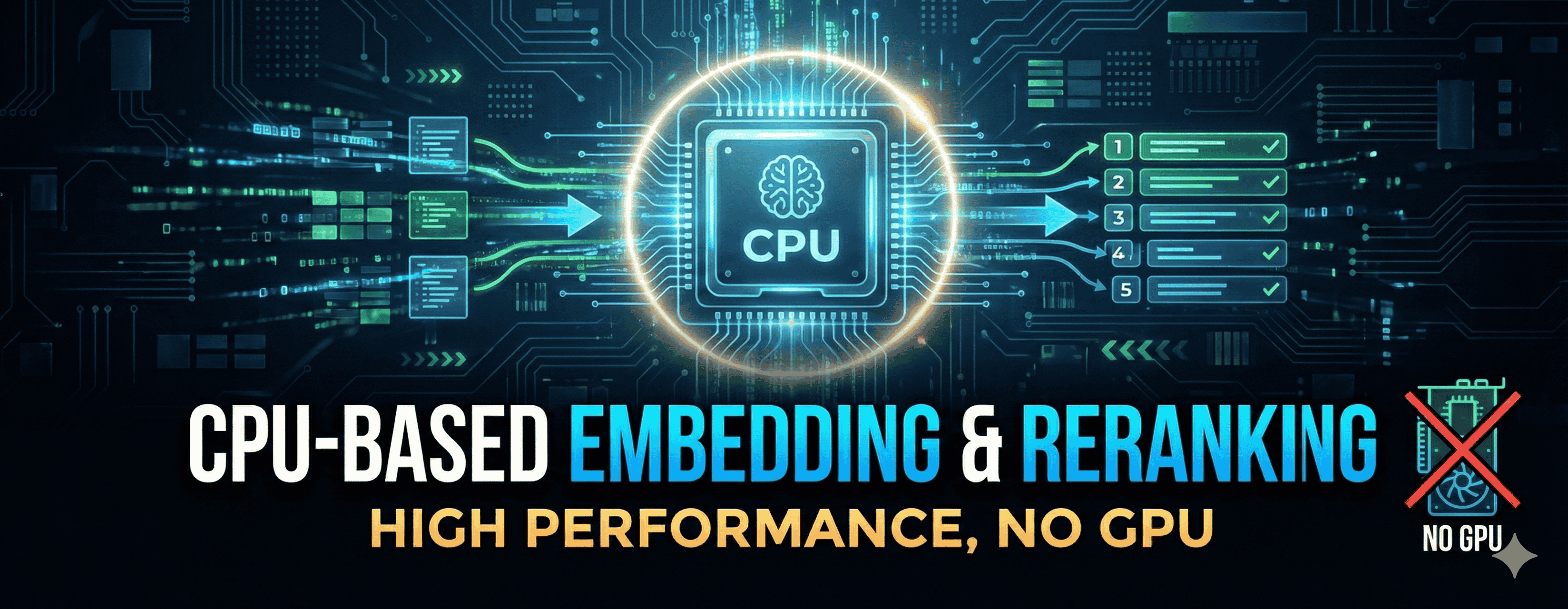TLDR;
You can build an AI without touching code, thanks to no-code tools. But they only get you to about 70% accuracy, because they're basically fancy wrappers around RAG (retrieval augmented generation). The last 30% the part that actually makes an AI product useful always requires engineering, multi-agent logic, and custom pipelines. Below is what I've learned building dozens of AI systems.
I've been spending a lot of time lately helping people "build their own AI." Everyone wants to skip the coding part and honestly, I get it. Tools today make it feel possible to drag-and-drop a whole AI assistant together in an afternoon.
And to be fair, there are plenty of accessible platforms:
- OpenAI's Assistants API (for simple agent flows) link
- Zapier AI Actions (AI connected to automations) link
- Voiceflow (no-code conversational agents) link
- Retool AI / Bubble AI plugins (no-code app builders with AI blocks) link
They're all good for early experiments, prototypes, and MVPs. But here's the part nobody says out loud:
These tools can only do simple AI. Basically, you upload a few files, the AI "reads" them, and you ask questions.
This pattern is called RAG Retrieval Augmented Generation.
RAG is easy to get started, but it's also the reason most no-code AI breaks the moment things get real:
- too many documents
- inconsistent formats
- ambiguous instructions
- multi-step logic
- domain-specific rules
- workflows that require reasoning, not just answering questions
And this is where I always see the same thing happen: an endless loop of tweaking between the founder/expert and the developer. "Try this prompt." "No, change that part." "Maybe reduce the chunk size." "Add more examples."
They iterate for days just to move accuracy from 40% to 60%. Then they hit a wall.
The hard truth about AI products
The biggest difference between AI products and regular software is simple but brutal:
- Regular software works 10 out of 10 times.
- AI works 7 out of 10 times.
And here's the real sting: An AI product that is wrong even 20–30% of the time feels completely useless to real users.
Nobody says, "Oh cool, it got most things right." They say, "Why is this thing making mistakes?"
To bridge that last 30%, you need something that no no-code builder can give you:
Custom logic + multi-agent systems + actual engineering.
Because real AI isn't a single agent magically reasoning like a human. Real AI is a pipeline.
When one agent isn't smart enough to handle the whole problem, you break it into smaller pieces:
- 1 agent for understanding the user
- 1 agent for validating/cleaning data
- 1 agent for retrieving the right context
- 1 agent for applying logic
- 1 agent for turning the answer into a final output
Sometimes it's 10 agents daisy-chained together. Sometimes it's 20.
But this is how you get that final 30% accuracy the part where the AI becomes reliable, predictable, and actually usable.
Case studies
Here are three real examples from our work at Manaknight Digital, where no-code tools weren't even close to enough:
1. Enterprise Knowledge Base AI
They had thousands of product pages and internal reference documents. AI tools broke instantly too many files, too much technical detail. We built a custom multi-agent pipeline:
- retrieval
- data normalisation
- reasoning agent
- response quality agent
- hallucination blocker This got them near-perfect accuracy.
2. AI Psychological Reporting Platform
The original prototype used a no-code builder and produced good-looking but incorrect assessments. We split the logic into:
- one agent for identifying symptoms
- one for categorising evidence
- one for scoring frameworks
- one for report generation Accuracy jumped from ~60% to >90%.
3. Insurance Claims Processing Platform
Insurance claims processing was taking 4+ hours manually. No-code AI tools couldn't handle complex document processing and multi-step workflows. We built a multi-agent pipeline:
- OCR agent for document processing
- data extraction and validation agent
- automated workflow agent
- quality assurance agent This reduced processing time from 4 hours to 15 minutes with 95% accuracy.
Final thought
So yes, you can make an AI without coding. But building an AI that works well enough to be a real product that always comes down to thoughtful engineering, multi-agent design, and breaking the problem into pieces small enough for the model's brain to handle.




